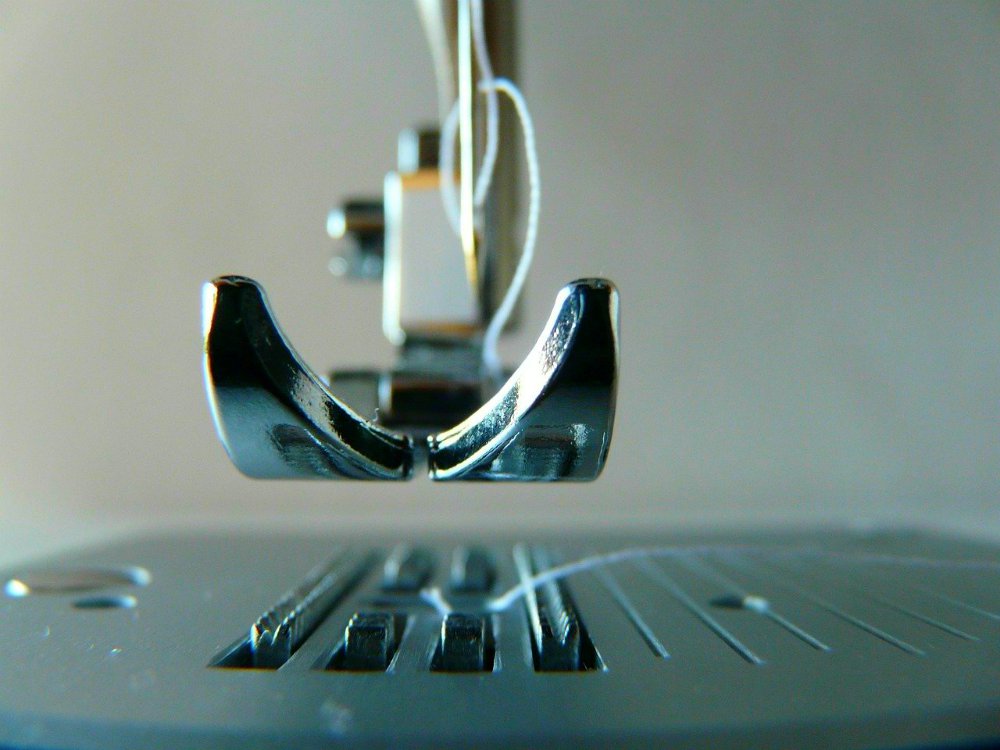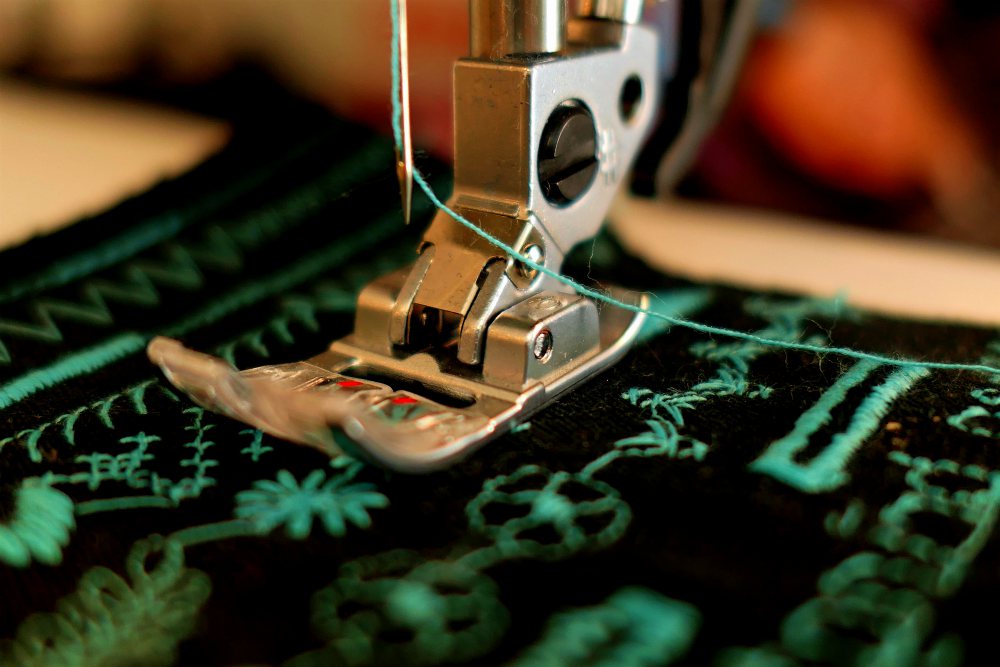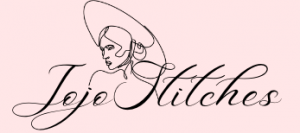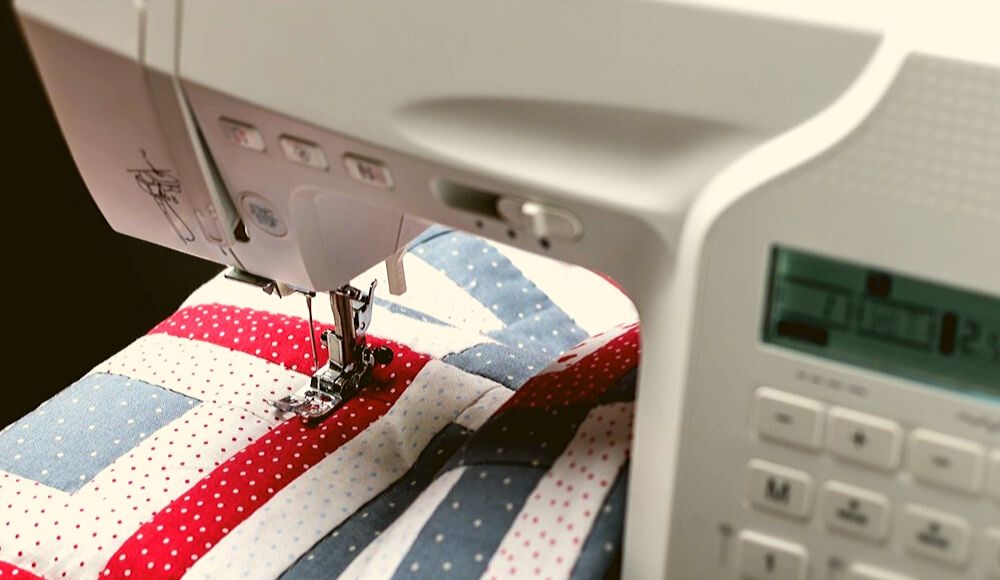What’s The Difference Between Quilting Machines And Sewing Machines?
Difference Between Quilting Machines And Sewing Machines
1). Work Space

A quilting machine is essentially a sewing machine with a broader range of add-ons and functions that a conventional sewing machine lacks.
A quilting machine has a much larger working area than a standard sewing machine. Because quilts are such large and bulky undertakings, the work area of a quilting machine must be large as well.
Simply put, the larger the work area, the longer the machine and the broader the throat.
A quilting machine is often defined as a sewing machine with a throat measurement of 9 inches wide by 6 inches high.
2). Extension Table.
An extension table is also included with a quilting machine.
Because it’s designed for larger projects, it’ll provide you with that additional bit of room you need for smoother quilting movement.
If you plan to add borders, bindings, or even a queen-size quilt to your creation, you’ll need a quilting machine.
The Janome quilting machine line is worth considering if you’re looking for a brand that has an extension table accessory.
3). Quarter Inch Foot Add-On Option.
Machine piecing a quilt top is complex with a sewing machine, which is where a quilting machine’s quarter inch seam allowance option comes in handy.
The quarter-inch piecing foot enables precise quilting, which is especially useful for quilting projects with a tiny seam allowance.
When you buy a quilting machine, this is normally included in the package.
Look for the AcuFeed Quarter Inch Foot add-on if you already have one and, are only searching for this feature.
4). Darning or Free-Motion Foot Add-On Option
This function makes free motion quilting or darning with the darning foot a lot easier. This foot ensures proper stitch creation and reduces puckering and skipped stitches.
Because the cloth glides effortlessly under the needle, it also keeps your fingers safe.
This can significantly assist you in practising freehand quilting if you are a beginner. The open toe design dramatically enhances stitch visibility, which is extremely important to quilters.
Set your needle on the left needle position when free motioning to get this excellent result. This is a highly crucial characteristic to check for when purchasing a quilting machine.
5). Walking Foot Add-On Option.
If your quilting machine doesn’t have an AcuFeedTM System, don’t worry; the Walking Foot feature will suffice.
This function is essentially a second set of feed dogs that will help with the top of your project.
This offers you the extra kick you need to feed through numerous layers so you can quilt heavy and slippery fabrics without difficulty.
Furthermore, with this function, quilting in straight lines becomes a lot easier. If you’re merely looking for a quilting machine, this is the first thing you should look for.
6). Number of Stitches.

If you’re using a quilting machine, decorative stitches can go a long way. Quilting with ornamental stitches, especially when working with borders, is a great way to add flavour and style to your quilt.
Janome quilting machines excel in this category, such as the MC15000 Quilt Maker, MC14000, MC9400QCP, and MC6700P.
Over 200 built-in stitches are available in each machine’s quilting designs.
7). Sewing Speed & Stability.
The stability and rapid sewing pace of a quilting machine set it apart from a sewing machine.
Serious quilters and people who do this for a living should strongly consider purchasing one, as a high-speed machine means faster project completion.
Janome’s quilting machines, such as the MC6700P, MC6600, 1600P-QC, MC15000 Quilt Maker, MC14000, and MC9400QCP, are worth considering.
These machines can work at up to 1600 SPM, which means they can get a lot done in a short amount of time.
Typically, machines with such qualities have a thicker work surface to resist the motor’s speed.
The extra-wide flatbed and sturdy workstation foundation demonstrate these stability advantages. All of these boxes are checked by these machines.
Watch this video from Create and Craft USA to learn how to tell the difference between sewing machines:
Now that you understand the distinctions between sewing machines and quilting machines, you should have an easier time deciding which machine to use for various applications.
There are some projects that can be completed with a conventional sewing machine, but there are others that require the use of a quilting machine to complete.
Indeed, the quality of your projects will vary dramatically depending on the machine you use, so make sure you have the correct tools.
You can never go wrong with the correct tools, whether you’re a novice seamstress or a seasoned seamstress.
We appreciate you taking the time to read!
Finally, we hope you found this article interesting? And what do you think about ”Difference Between Quilting And Sewing Machines?”
Please feel free to share your thoughts with us in the box below.
Check the facts
Please contact us if you would like to contribute to this article or advertise with us.
And let us know if you notice something that isn’t quite right.














